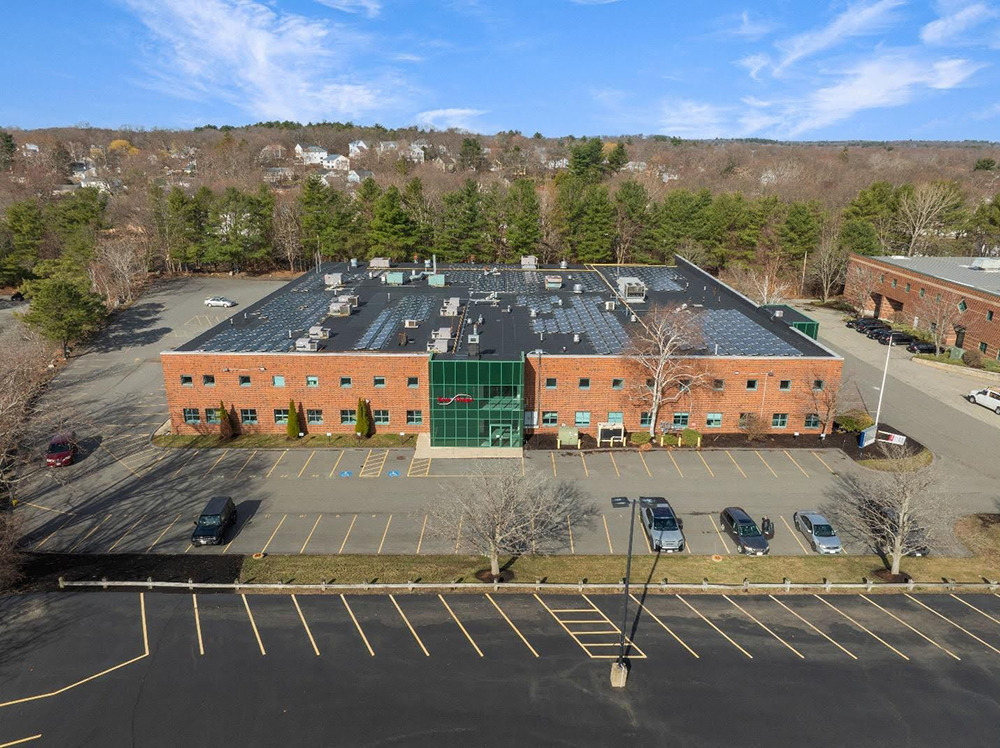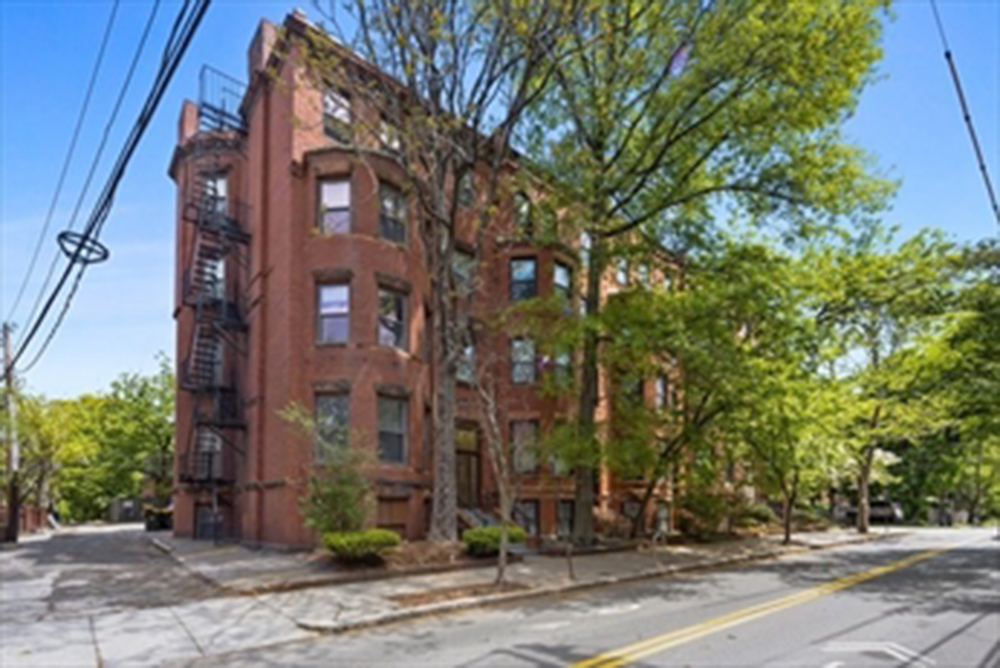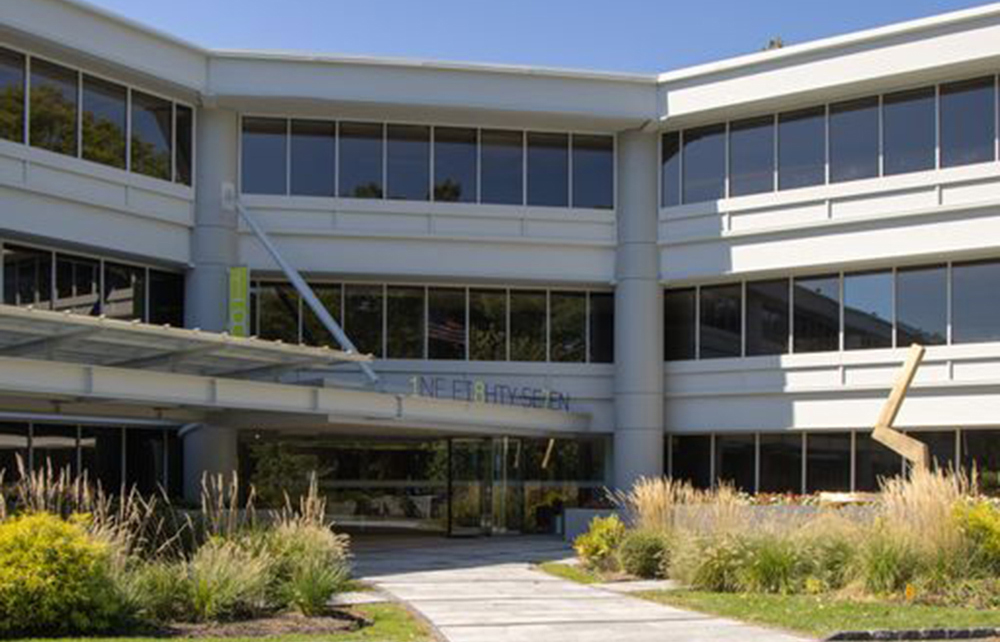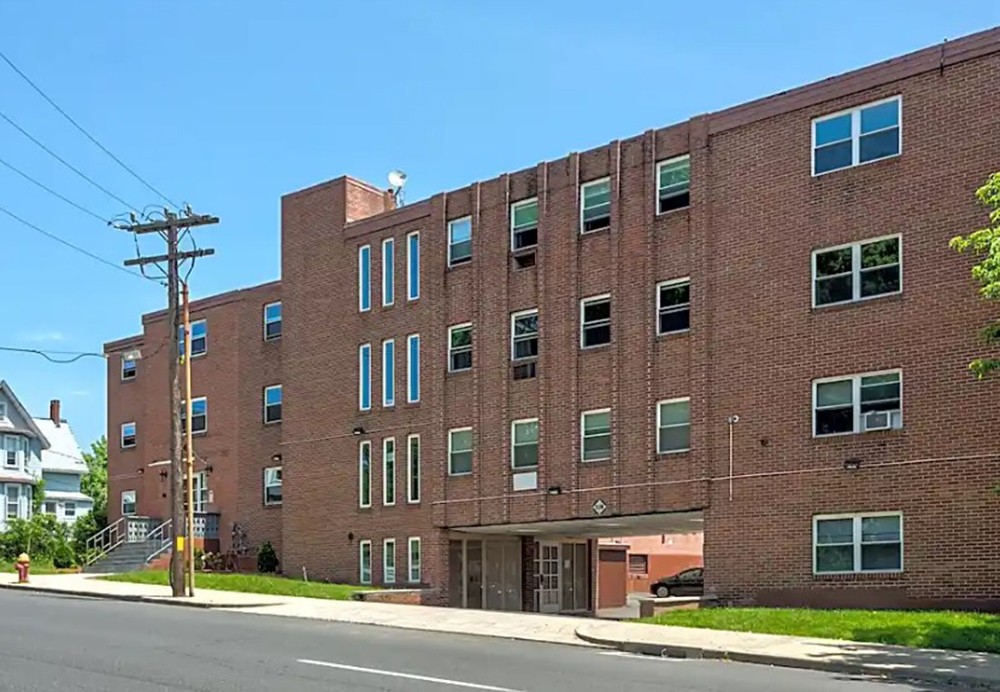News: Connecticut
Posted: March 15, 2013
The Depot Square downtown redevelopment project
I recently had the opportunity to work with the City of Bristol and the Bristol Downtown Development Corp. on a valuation pertaining to the Depot Square downtown redevelopment project. Renaissance Downtowns, the chosen development group, in concert with the Bristol Downtown Redevelopment Corporation have proposed to develop this key downtown urban site with 991 residential dwelling units, 77,902 s/f of street retail space; 112,500 s/f of office space, a 125-room hotel, and five structured parking garages containing 1,106 parking spaces. This project is planned to be developed in four separate phases. All of the space in this will be developed around a central piazza at the southeast corner of the site, which is bound by Main St. and Riverside Ave.
The city has taken the position that the future of downtown Bristol hinges on bringing residents back to the inner city. This follows the trends of many small cities throughout the country that have seen their downtowns deteriorate slowly following the residential flight to the suburbs that began in the 1950s, the consolidation of office development in the larger cities and the exodus of retailers to strip shopping centers and malls with better highway access. The key to resurrecting the economic life to a downtown is to attract people back to urban areas, which will then become the catalyst for the demand for goods and services, preferably within walking distance. In the case of Bristol they have studies which show that a critical mass of apartments well in excess of 2,000 apartments is necessary to change the course of their downtown.
The success of this type of development in central Connecticut's smaller urban areas has yet to be tested as there have been no significant projects completed. Blue Back Square in West Hartford is clearly one success story. However, this is one of the more affluent urban areas in Central Connecticut and already had a well-established and vibrant downtown. Further, it was largely the development of additional retail space that was seen as the key to the success of this development. The residential component, while successful, was only a small part of the development.
Aside from the proposal in Bristol, we are also aware of the redevelopment plan in Manchester. As with Bristol, Manchester has purchased an 18 acre site along Broad St. and completed a rezoning to allow for dense residential and mixed-use development. They will soon go through the process of reviewing submissions to choose one or more developers for this multi-phased project.
After completing an analysis of Depot Square it was evident that there will be significant hurdles to the clear for this project to be successful. Perhaps the most critical issue that will eventually require attention is the need for structured parking. While the first phase of this development can be completed using surface parking, future phases will require parking garages in order to be developed as planned and approved. Structured parking is a very expensive component to any downtown redevelopment. In the case of Depot Square, the budgeted cost per structured parking was well in excess of $35,000 per space. Furthermore, there would be ongoing operating expenses to maintain the garages. The results of my analysis showed that in the long term this would thwart the economic viability of the project without grants or municipal funding. Overall, the cost to create parking for a single apartment unit was found to be in excess of the land value per dwelling unit. Even if the land were provided at no cost, it would make developing the site to the level of density approved not feasible. Small cities that are proposing this level of density that requires new structured parking need to understand this concept and its implications. To a city, the cost of providing this structured parking may be seen as necessary to the long term viability of the urban center and it may also be offset by increased taxes on all properties in the urban area if the overall project is successful.
Another interesting trend that is seen for these urban projects is a larger mix of studio and one-bedroom apartments. In the case of the proposed Depot Square, the developer has proposed a unit mix of roughly 75% studio and one bedroom apartments. For comparison purposes, we researched three relatively new urban projects. 360 State St. in New Haven is one of the most recently developed urban apartments in the region. It contains 500 residential apartments and is situated in downtown New Haven. The unit composition includes 85% studio apartments and one-bedroom apartments. New Haven is perhaps the most livable city in Connecticut outside of Stamford. It is a well-established urban employment hub with a vibrant economic base. The second development we surveyed is Hartford 21. This is one of the more modern apartment developments in downtown Hartford. It contains 262 apartment units featuring 37% one-bedroom apartments and no studio units. It has been said that the unit composition has had an adverse effect on absorption given the high ratio of two-bedroom units. Another project worth noting is Blue Back Square in West Hartford. The apartment component of the development is fairly small, consisting of just 48 units. Like other urban projects, 71% of the unit composition was one-bedroom units. This trend of providing more studio and one-bedroom units is following a national trend for urban areas that attract empty nesters and young urban professionals that no longer want to share an apartment.
Not only is the acceptable unit mix skewed to studio and one bedroom units, the unit sizes are also shrinking. In order to maintain affordability the size of apartments in urban areas are getting smaller. A developer indicated that as long as the expected quality of the unit is maintained at or above market standard, the tenants will not be overly concerned at the size of the units within reason. Most perspective tenants are generally interested in what the monthly rent is, not the rent per s/f. In many cities across the country changes to the building codes are being implemented to allow smaller units to address this issue. Some municipalities are now allowing studio units to be smaller than 300 s/f. The drop in unit sizes allows the developer to increase the rents per s/f to make a project feasible while at the same time providing more affordable living spaces to those who want to live in urban areas.
In terms of the commercial spaces in most urban areas, the focus is on local merchants with smaller than average stores sizes. Aside from very affluent areas, it would be difficult to attract a large number of national tenants to these newly developed urban areas. The focus will likely be on service oriented tenants as opposed to typical hard good retailers. Most projects look to attract restaurants as these tenants can serve the immediate residents as well as the community at large. A similar local tenant mix would also be suitable for the office components of such projects. It is unlikely to attract any major corporations in any of the existing small cities in central Connecticut. As such, the space needs of small professional firms need to be considered. These projects are ideally suitable for law firms, accounting firms, financial services firms and other small professional firms that would be attracted to a project that would provide local linkages such as restaurants, branch banks and other personal services. However, the office market has been generally soft and rental rates have been stagnant. The type of construction clearly becomes a factor as class A development would not likely prove feasible.
Depot Square also included a proposed 125-room hotel. In our opinion, the viability of this use should be viewed mutually exclusive of the balance of the development. In other words just because a plan might include 1,000 residential units does not translate into a successful hotel. The success of a lodging facility depends on many factors not the least of which is highway access. Consideration should also be given to the competitive positioning of the hotel in the market. If the hotel is not located near an interstate and there are sites available in the market near an interstate for hotel development, the location of the urban hotel might be at a competitive disadvantage. Again, this is not a rule, but must be considered. Likewise, if the demand in the market is largely generated by a nearby office park or industrial park the urban hotel might be at a disadvantage over a hotel that is more conveniently located in comparison to these demand generators.
Finally, when embarking on these large scale projects cities should commission fiscal impact studies which would provide invaluable information on the benefits and costs of these projects. This would lay the groundwork for determining the proper level of municipal investment.
William Kane Jr., MAI, is a partner in the firm of Wellspeak Dugas & Kane, LLC, Cheshire, Conn.
Tags:
Connecticut
MORE FROM Connecticut
Connecticut
Reveneer relocates to 9,800 s/f office space at TradeCenter 128
Woburn, MA Reveneer has relocated its global inside sales operation from Burlington to Woburn. Formerly headquartered on Burlington Mall Rd., the firm now occupies 9,800 s/f at Cummings’ landmark TradeCenter 128 business and technology campus.









